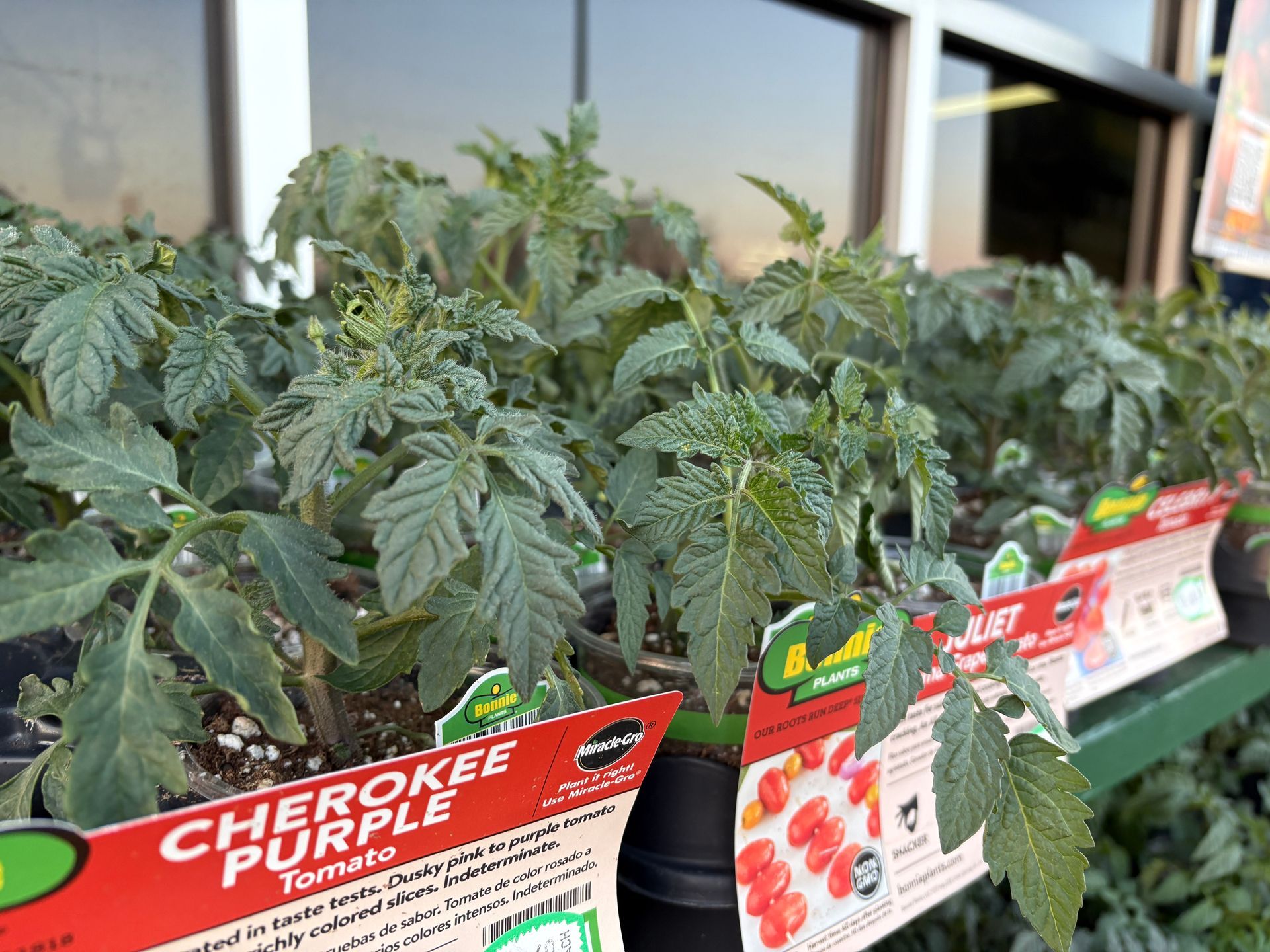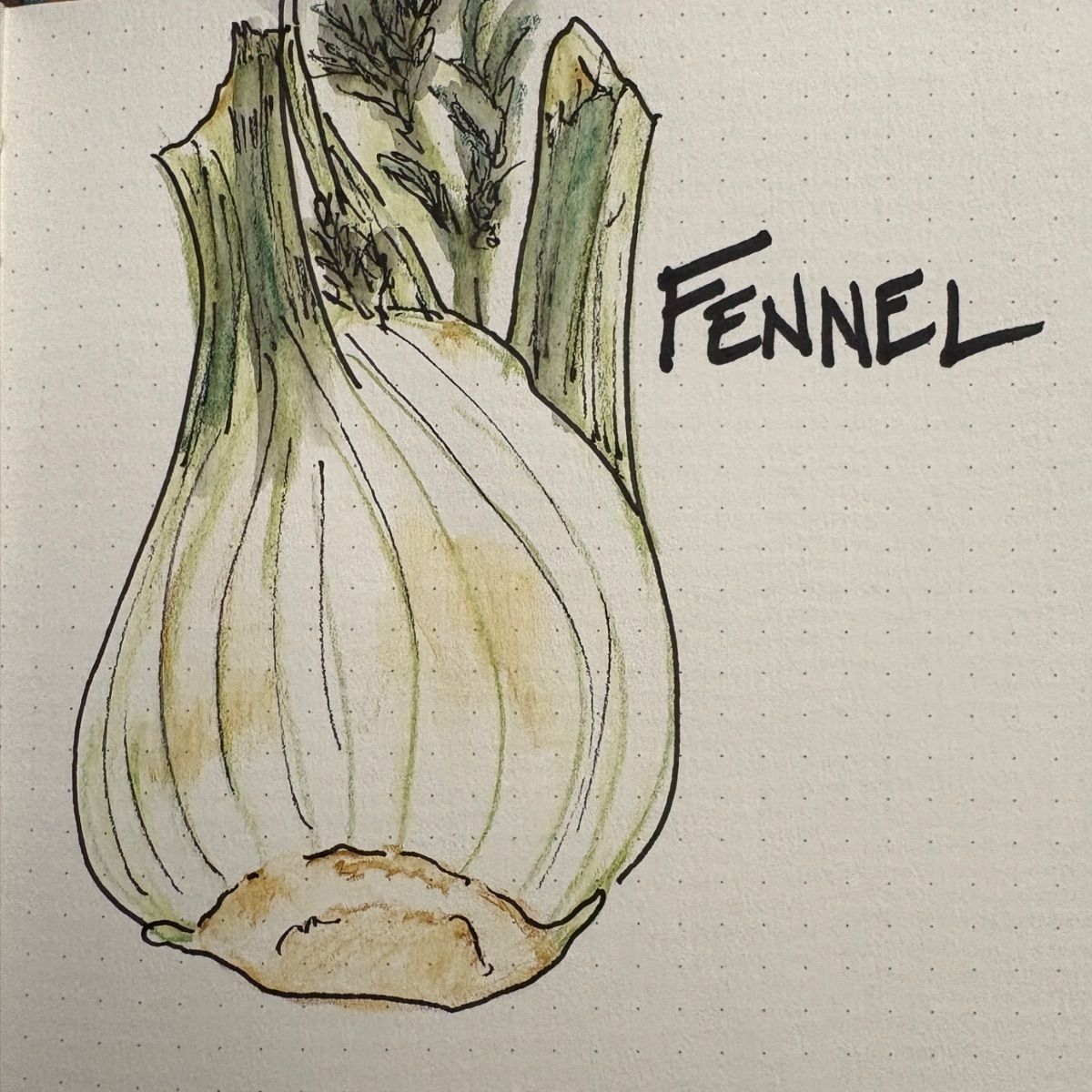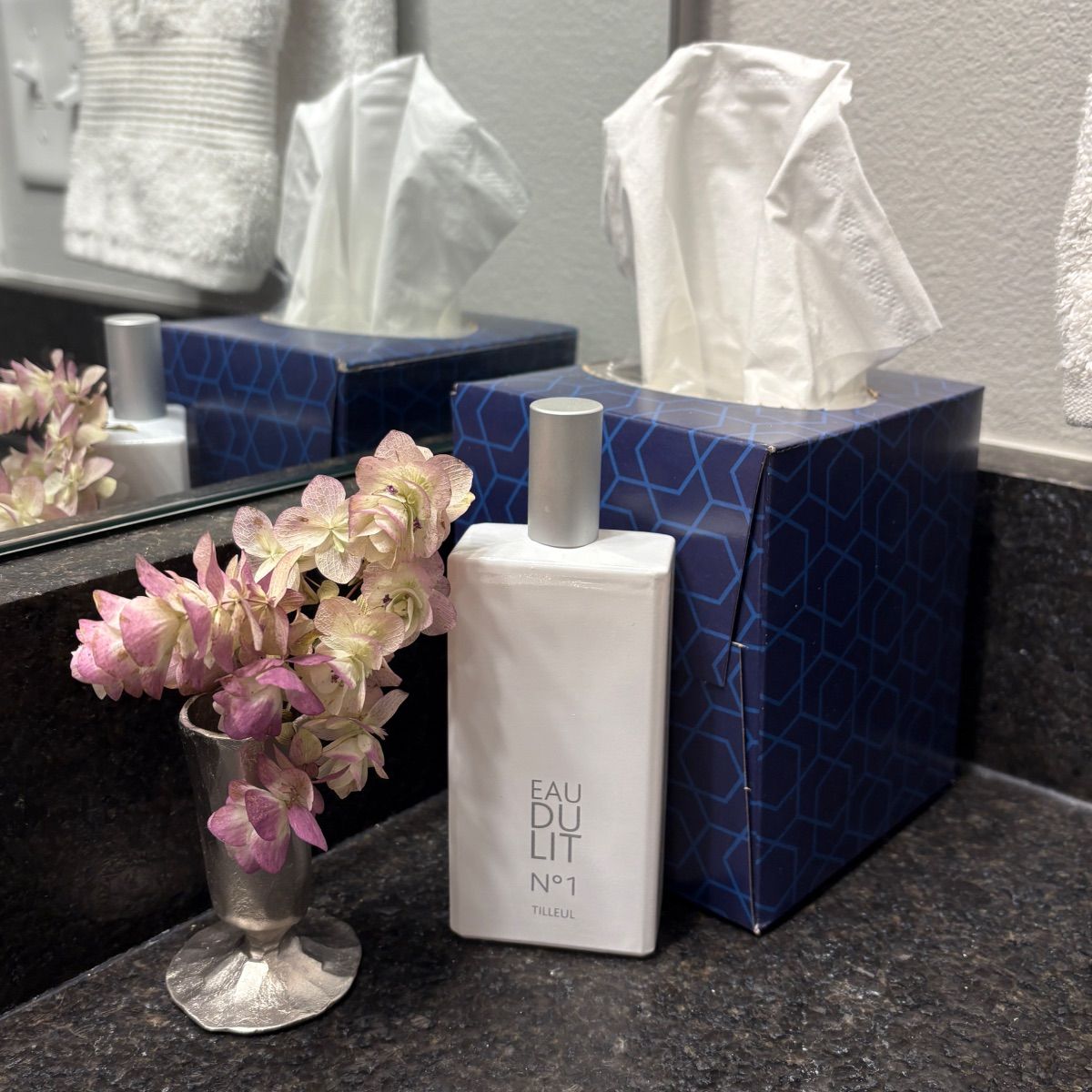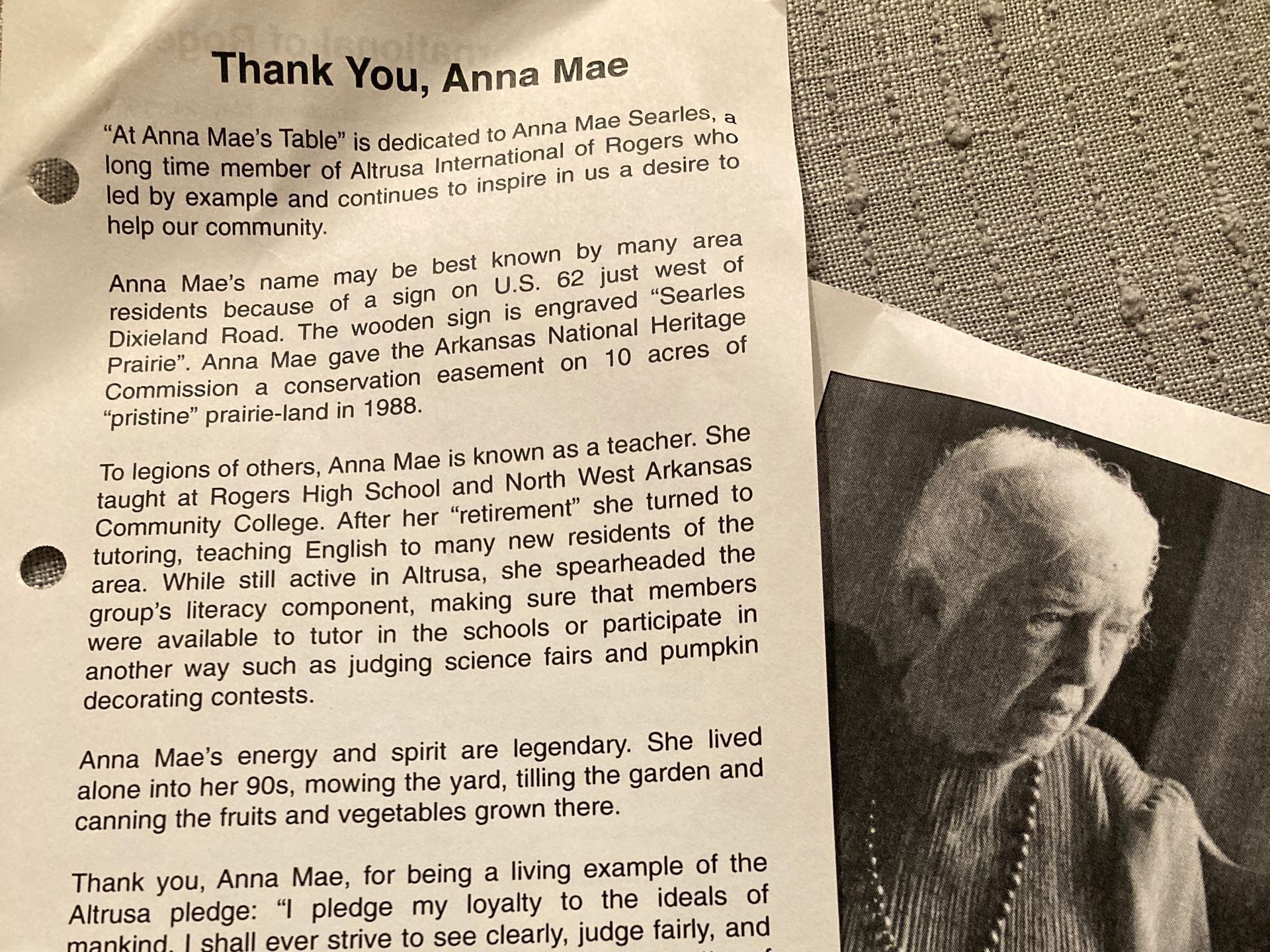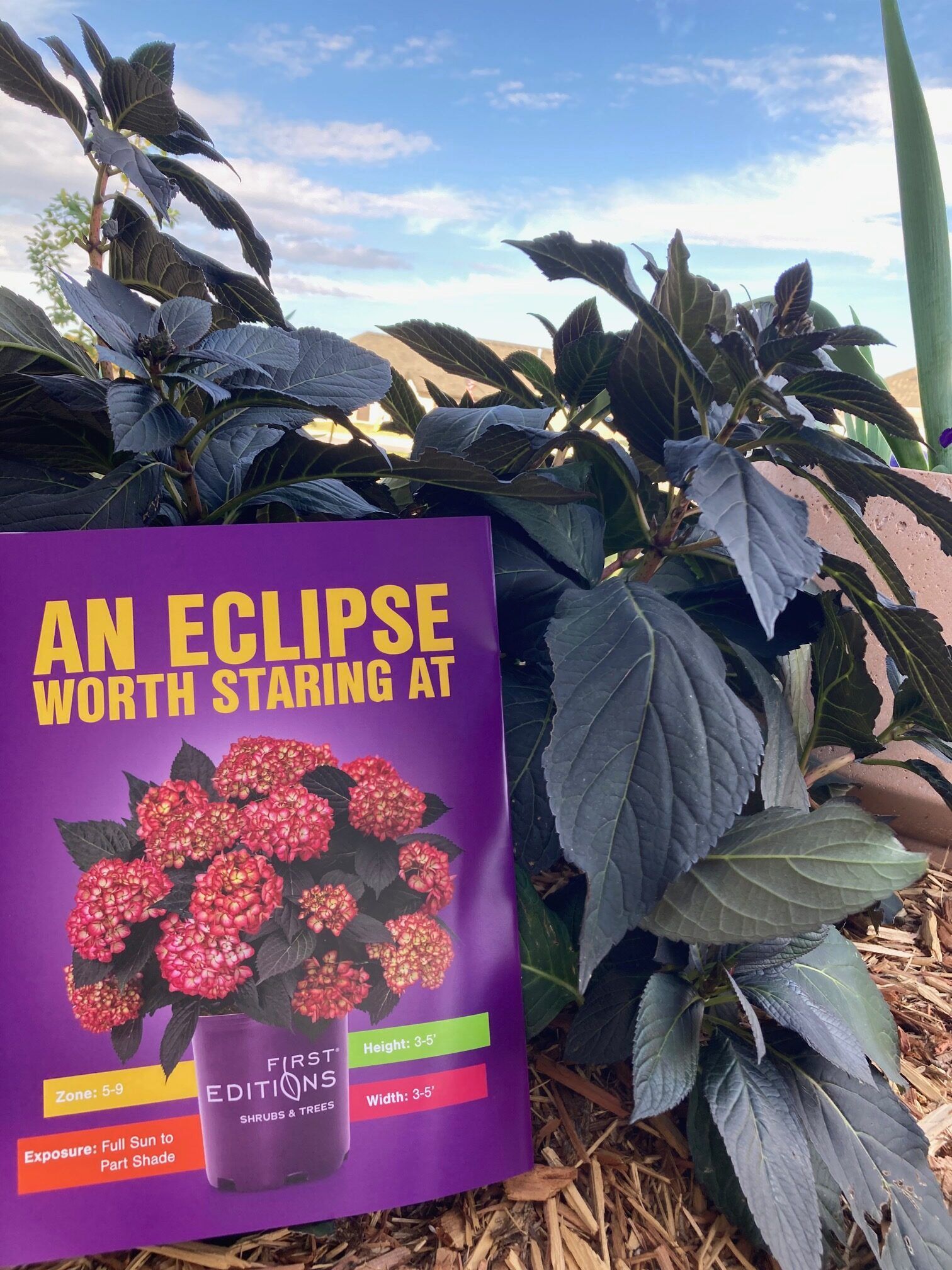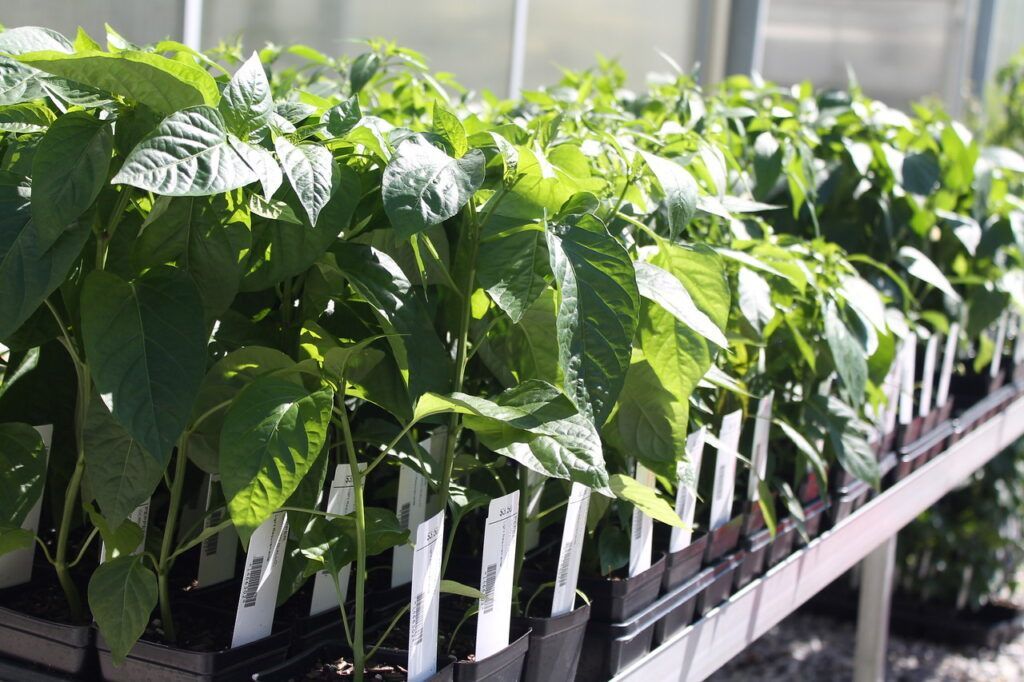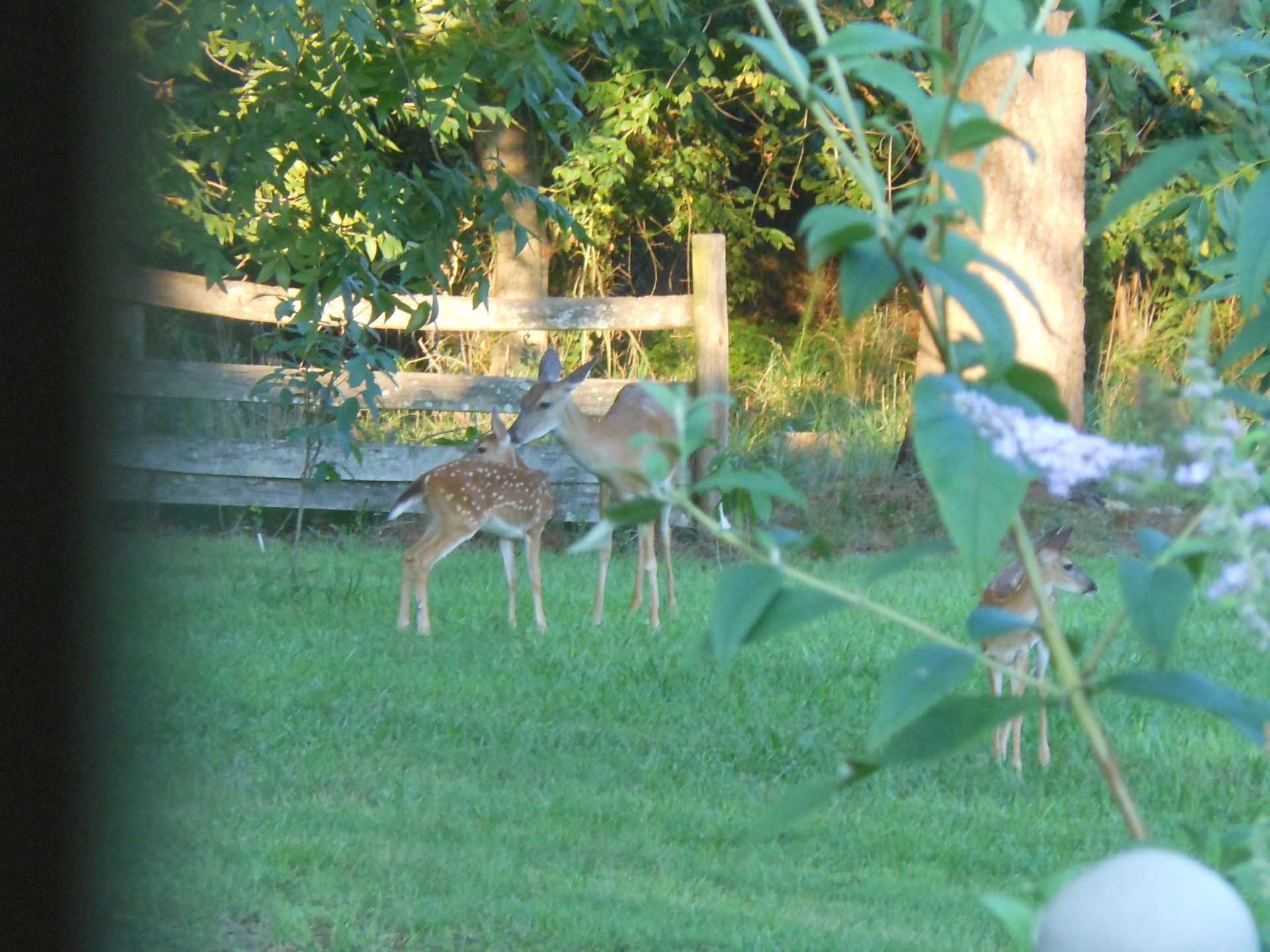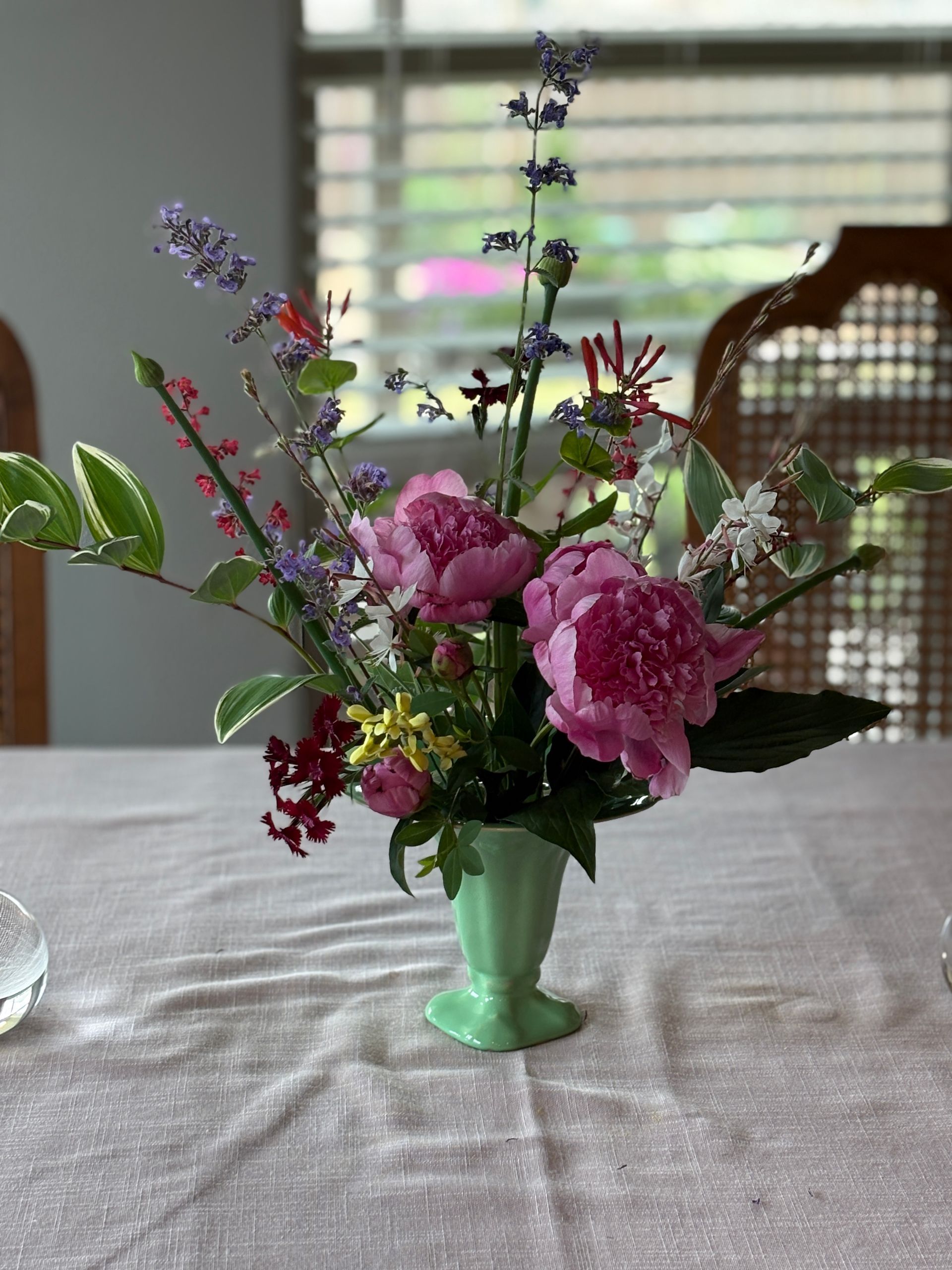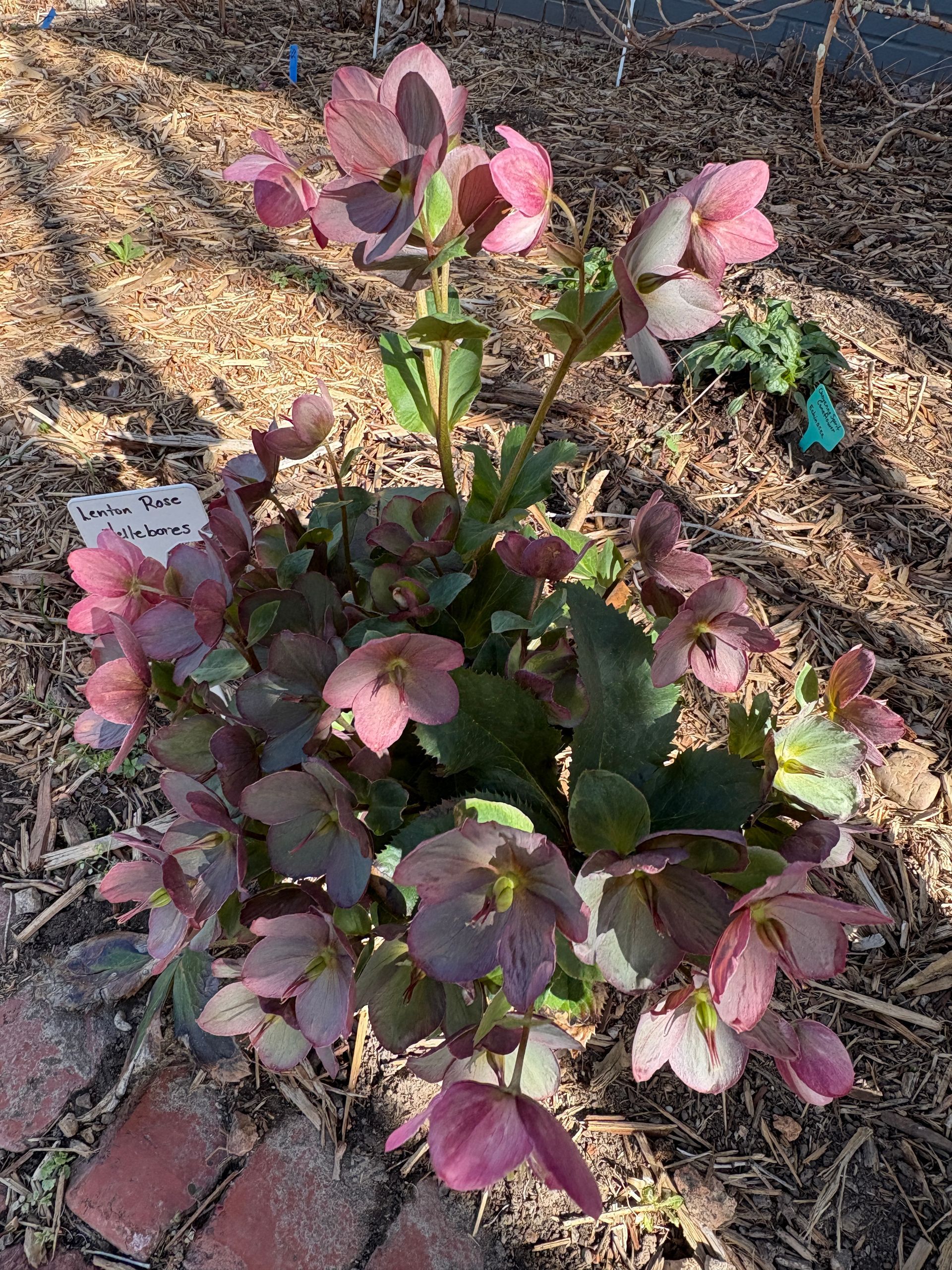Deer Resistant Plants in my Georgia Garden
This is adapted from a syndicated column I wrote in 2006 for Morris News.
My garden in Georgia is suffering through a drought. Every weekend I water the dozens of new trees and the vegetable garden in an effort to keep them alive. This brings the deer out of the dry underbrush into my garden at night, where everything seems greener and tastier, a frustrating situation for a gardener.
One line of defense for your landscape is planting deer resistant plants. Deer resistant is a popular term, partially because so many of us have to garden among deer, partially because nobody in their right mind would claim something is deer proof. Daffodils and rosemary are the closest to deer proof I can think of. Even deer resistant plants may not be safe. Often a deer will taste-test, pulling a plant out of the ground and spitting it out if it is distasteful. A new plant, laying on top of the ground often dies before the gardener discovers and saves it. A friend sprays every new plant with deer repellent, because her deer often uproot new plantings in her garden.
Below is a small palette of deer resistant plants, starting with my three favorites in each category:
Annuals
Snapdragons are cool season annuals in Georgia, a deer-resistant alternative to the cool-season pansies they so love.
Marigolds are a recent rediscovery for me. Once too common, now I value their sunny disposition, various forms, pest resistance, drought tolerance and carefree nature. They are among the easiest flowers to grow from seed.
Fan flower (Scaevola) survives our humid summers with absolute grace, creating a mat of fresh green foliage and abundant purple blooms.
Deer have munched on my zinnias, angelonia and coleus, but left the lantana, verbena and shrimp plants.
Perennials
Salvias are not all as drought resistant as I had hoped, but are deer resistant. This fragrant branch of the mint family has many annual and perennial varieties to offer, with summer blooms in blues, purples, white, reds and oranges.
Lenten Roses are among the earliest and longest lasting blooms on evergreen, shade loving plants.
Dianthus include carnations and mat forming evergreen perennials. My new favorite is the deep red perennial Sweet William (Dianthus barbatus ‘Heart Attack’) I found at Plant Delights Nursery.
Also: yarrow (Achillea), Ajuga, Amsonia, Anenome, columbine (Aquilegia), Astilbe, Baptisia, Bergenia, Coreopsis, bleeding heart (Dicentra), foxglove (Digitalis), coneflower (Echinacea). Epimedium, spurge (Euphorbia), Lamium, Lantana, Liatris, bee balm (Monarda, lungwort (Pulmonaria), hens-n-chicks (Sempervivum), goldenrod (Solidago), lamb’s ears (Stachys), Verbena
Bulbs
Daffodils are among the most troubleproof, carefree and enduring flowers available.
Iris in my garden are completely ignored by the deer and multiply like crazy.
Alliums , ornamental onions, can produce dramatic blooms that are especially effective when massed.
Other bulbs in my yard have not been tested by the deer yet, but they have munched on the amaryllis.
Herbs
Most herbs have strong scents, so even if the deer won’t let you grow vegetables, you can have an herb garden.
Rosemary , including creeping rosemary, a great groundcover for a dry slope.
Oregano , which can spread by underground runners to form a mat. Ornamental oreganos have especially attractive blooms.
Basil , a summer annual that comes in so many varieties and flavors, including dark red or variegated leaves.
Also: just about any fragrant herb
Shrubs
Crape Myrtles , the classic summer blooming trees, are now available in a large variety of dwarf forms.
Abelia , including the classic evergreen/semievergreen that matures at about four to five feet tall and wide and my favorite new abelia, ‘Kaleidoscope’. ‘Kaleidoscope’ matures at two to three feet, with a long bloom season, a bright green/chartreuse variegation and pink new growth.
Viburnums provide blooms, plus often offer berries, fall color or evergreen foliage. Among my favorites are ‘Shasta’, with generous amounts of white spring blooms in horizontal layers on a large shrub that looks beautiful in a woodland setting.
Also: butterfly bush (Buddlia), quince (Chaenomeles), Cotoneaster, pineapple guava (Feijoa), Juniper, Tea Olive (Osmanthus). Wax myrtle (myrica), Yucca ( Yucca spp. )
What Makes a Plant Deer Resistant?
